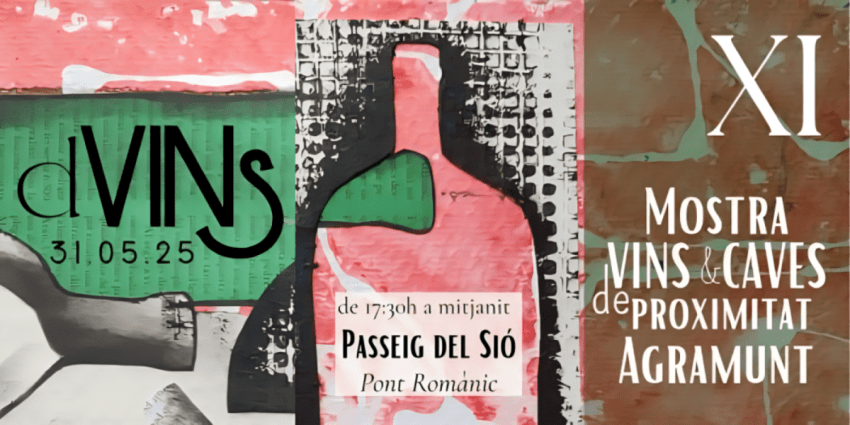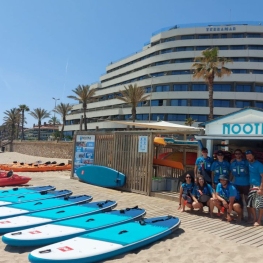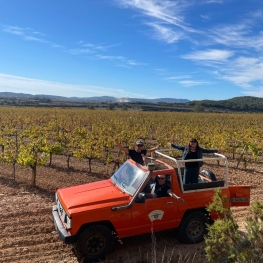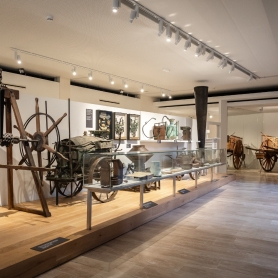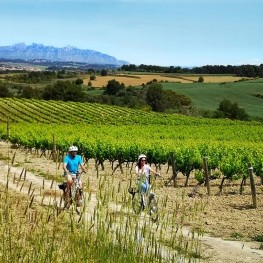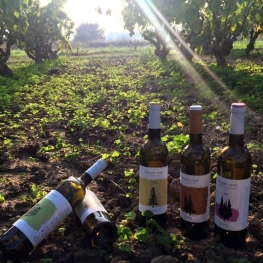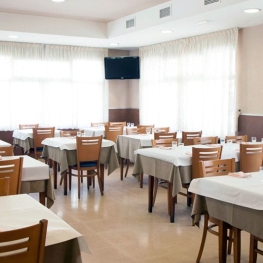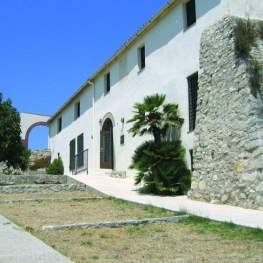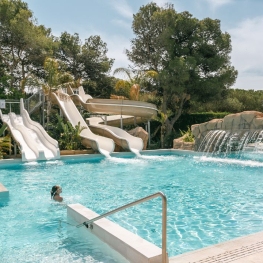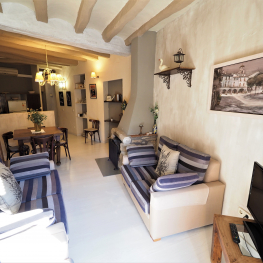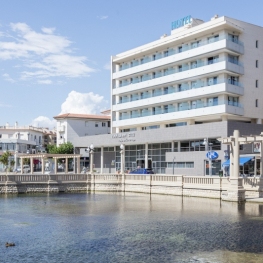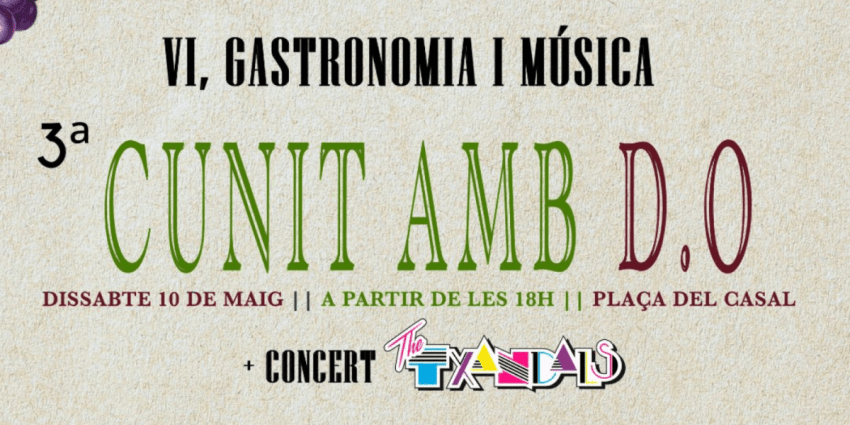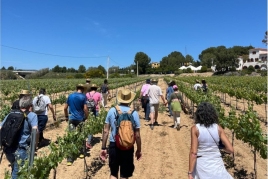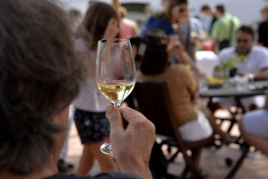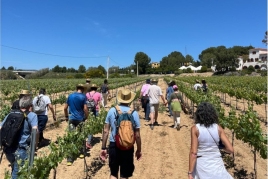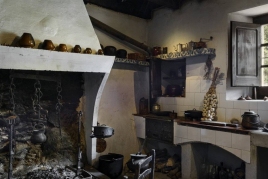Ribera del Río Foix to Penyafort
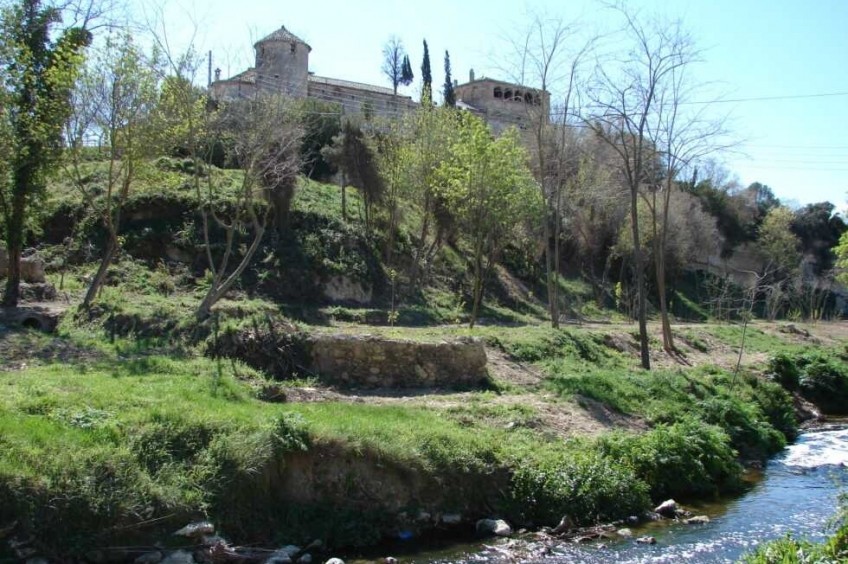
This is a low difficulty circular itinerary that allows you to discover the surroundings of the Penyafort Castle monumental complex within the protected natural area of the Foix Park.
The route brings us closer to the riverside forest that grows on the side of the castle and that, at all times, follows the course of the River Foix.
Located in front of the entrance door to the castle of Penyafort, we begin the route along the asphalt path that borders the building. After the first bend, we leave the path of Cal Pere Joan on the left and about 50m ahead we take a detour to the right that goes along the wall of the castle enclosure and that will take us to the bank of the river Foix.
During this section we see a wine-growing landscape and a good panoramic view of the Penedès plain with the pre-coastal mountain range in the background. As we get closer to the river we find riverside vegetation trees such as ash trees, elms and especially poplars (albareda). We cross the river over the footbridge and continue along a path among the riverside vegetation, now in the opposite direction to which we were going, following the right bank of the river.
At this point we can see the Penyafort castle building above the rock eroded by the effect of the water. After doing some 460m upriver we find the paved road that we take to the right to arrive, again, in front of the castle.
Throughout the entire route we find vertical signs for the Foix Park.
Penyafort Castle
river foix
Along its route it conserves humid spaces of great natural and ecological value, especially in the area of the Castellet reservoir. For this reason, in 1993 the protected natural area of the Foix Park was created, with currently more than 3,100 protected hectares, which ensures the conservation and improvement of the natural and heritage values of the territory.
The riverside forest: the grove and the reed bed
During the tour we can see a mature riparian forest, where the poplar (Populus alba) stands out mainly. The avenues occupy the first line next to the waters of the rivers in the plains, where the water table is always quite high. We also see elm trees (Ulmus minor), plantains (Platanus x hispanica) and ash trees (Fraxinus angustifolia). In the understory we find other plants such as brambles (Rubus ulmifolius), elderberries (Sambucus nigra) or vinca (Vinca difformis), which in spring blooms leaving the understory stained blue.
Following the right bank of the river in the section under Penyafort Castle we find a fairly considerable reed bed. The reed (Phragmites australis) is a grass similar to the cane, but not as tall and with a much thinner stem.
The reed beds are very important as a breeding place and refuge for numerous animal species, especially birds such as the mallard, the moorhen, the kingfisher, also amphibians such as the green frog and reptiles such as the water snake or the leprous pond turtle.
It is vitally important to maintain the riverside ecosystem in good ecological condition for the conservation of fauna and flora, as well as to guarantee the continuity of these ecosystems as green corridors so that they ensure the preservation of the territory's biodiversity.
Source: Santa Margarida i els Monjos Town Council
What to do
Nootka Kayak & Sup
Sitges (a 14.9 Km)Nootka Jayak & Sup offers you different activities and guided excursions so…
Stress & Adrenalina
Barcelona (a 11.6 Km)Come to Stress & Adrenalina and enjoy a 4x4 route through the…
Vinseum Museu de les Cultures del Vi de Catalunya
Vilafranca del Penedès (a 3.8 Km)The Museu Vinseum, founded in 1934, brings together collections related to the…
Bikemotions, enoturisme al Penedès
Subirats (a 11.7 Km)Different proposals to enjoy the Penedès pedaling through vineyards and discovering small…
Where to eat
Bodega Miquel Jané
Font-rubí (a 11.5 Km)Discover the world of wine with our comprehensive viticulture and oenology courses,…
Cal Pau Xic
Subirats (a 14.7 Km)A restaurant lifetime. Catalan cuisine, home like before. Our goal is to…
Where to sleep
Casa de colònies Can Grau, Fundesplai
Cubelles (a 14.6 Km)Discover Can Grau, an old wine-growing farmhouse from the 16th century. XIV…
Garrofer Green Camping
Sitges (a 13.9 Km)Come to Garrofer Green Camping and enjoy a unique vacation in a…
Arcs Llacuna - l'Espigol
La Llacuna (a 20 Km)House located in La Llacuna with capacity for 2 to 6 people.…
Hotel Balneari Platja de Comarruga
El Vendrell (a 19.6 Km)Spectacular resort located near the sea to enjoy the marine environment and…

